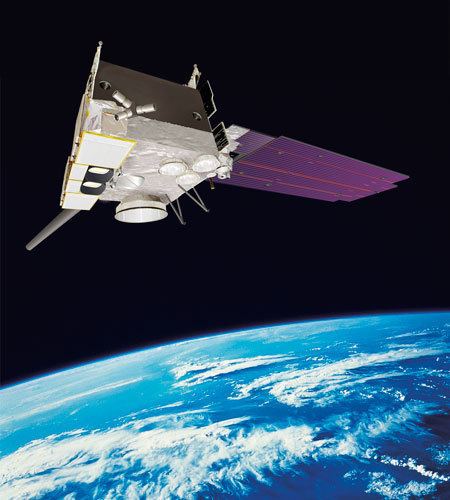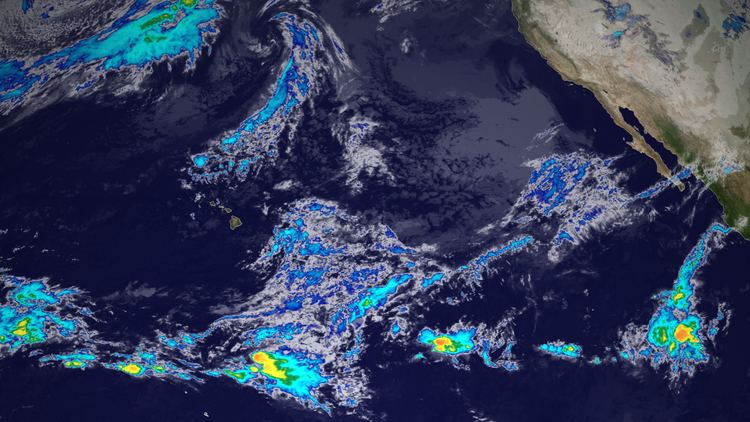COSPAR ID 2010-008A Mission duration 10 years (planned) Speed on orbit 3.07 km/s Launch date 4 March 2010 | SATCAT no. 36411 Spacecraft type GOES-N series Period 24 hours Rocket Delta IV | |
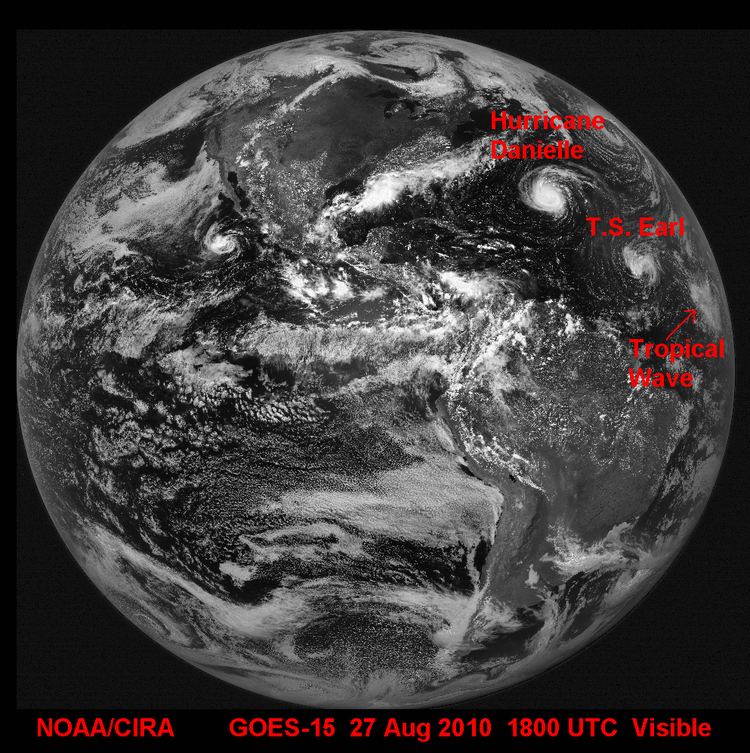 | ||
Similar GOES 13, GOES 14, GOES 12, GOES 11, GOES 8 | ||
Weather satellite sees 3 tropical cyclones in pacific nasa goes 15 hurricane storm video
GOES 15, previously known as GOES-P, is an American weather satellite, which forms part of the Geostationary Operational Environmental Satellite (GOES) system operated by the U.S. National Oceanic and Atmospheric Administration. The spacecraft was constructed by Boeing, and is the last of three GOES satellites to be based on the BSS-601 bus. The other BSS-601 GOES satellites; GOES 13 and GOES 14 were launched in May 2006 and June 2009 respectively. In total it was the sixteenth GOES satellite to be launched.
Contents
- Weather satellite sees 3 tropical cyclones in pacific nasa goes 15 hurricane storm video
- May 2012 solar eclipse from goes 15 satellite
- References
GOES 15 was launched atop a Delta IV-M+(4,2) rocket flying from Space Launch Complex 37B at the Cape Canaveral Air Force Station. The launch occurred at 23:57 GMT on 4 March 2010, forty minutes into a sixty-minute launch window. Upon reaching geostationary orbit on 16 March, it was redesignated GOES 15. On December 6, 2011, it was activated as the GOES West satellite, replacing GOES 11.
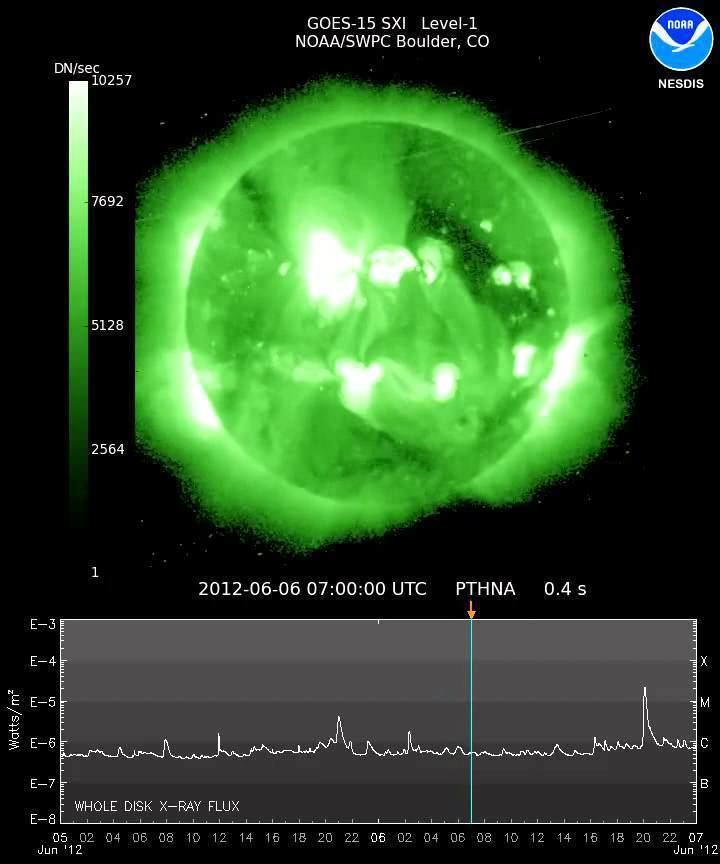
At launch, the mass of the satellite was 3,238 kilograms (7,139 lb). It has a design life of ten years. Power is supplied by a single gallium arsenide solar panel, which provides up to 2.3 kilowatts of power. A 24 cell nickel hydrogen battery is used to provide power when the satellite is not in sunlight. Instruments aboard GOES15 include a five channel multispectral imager to capture visible light and infrared images of the continental United States, a sounder to take readings of atmospheric temperature and moisture, a solar x-ray imager to detect solar flares, and instruments to monitor the magnetosphere, cosmic background radiation and charged particles.
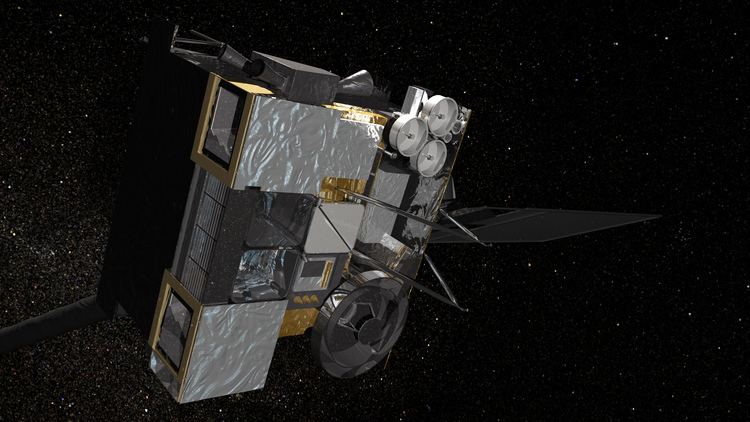
May 2012 solar eclipse from goes 15 satellite


